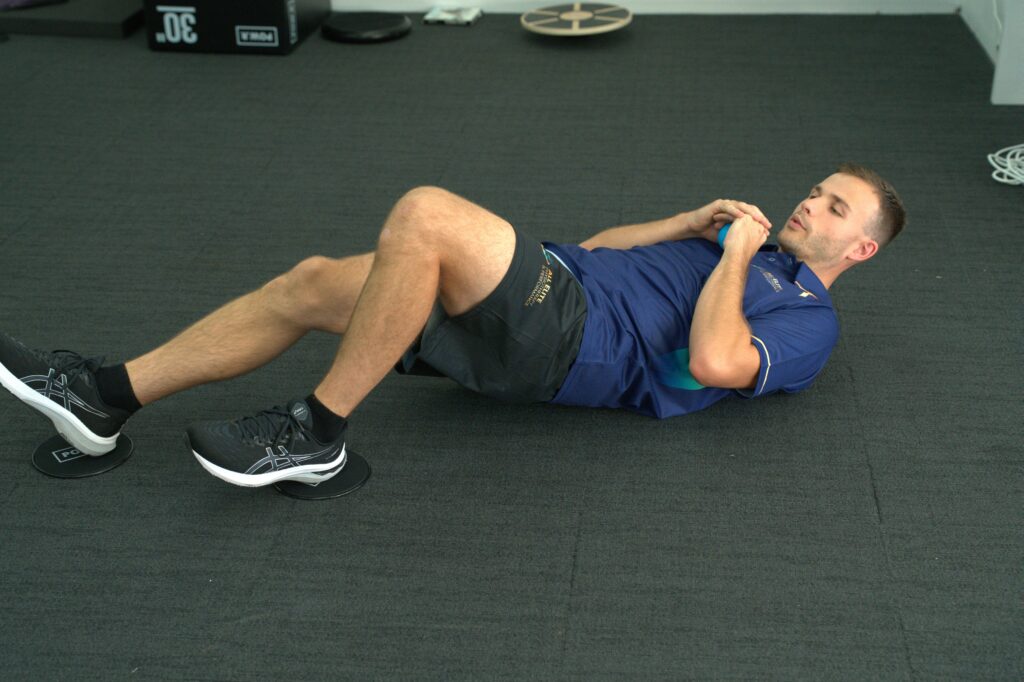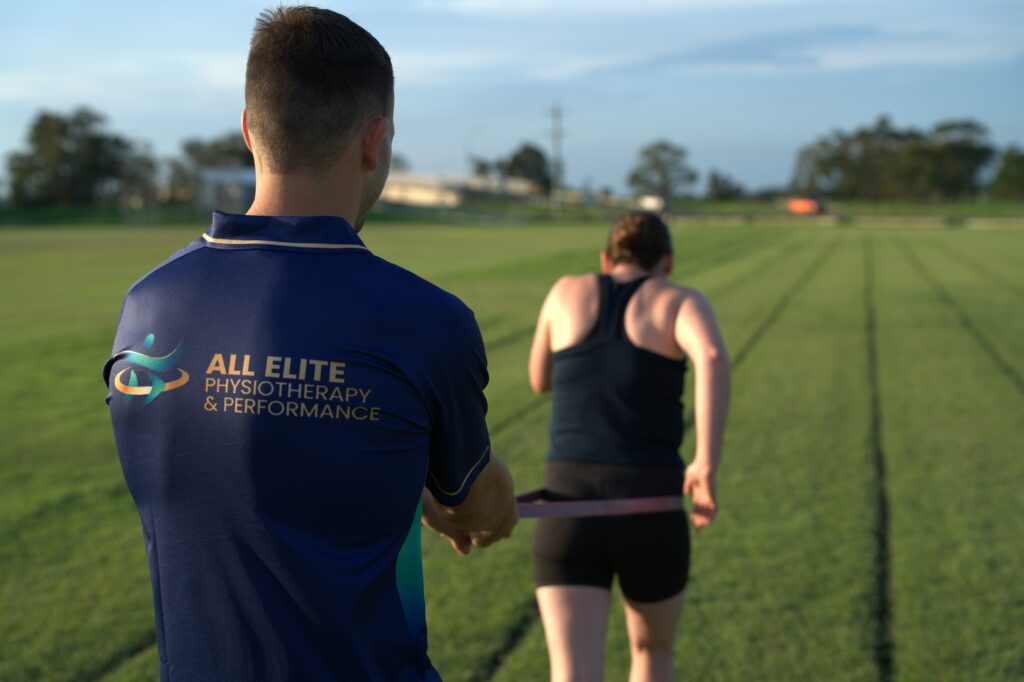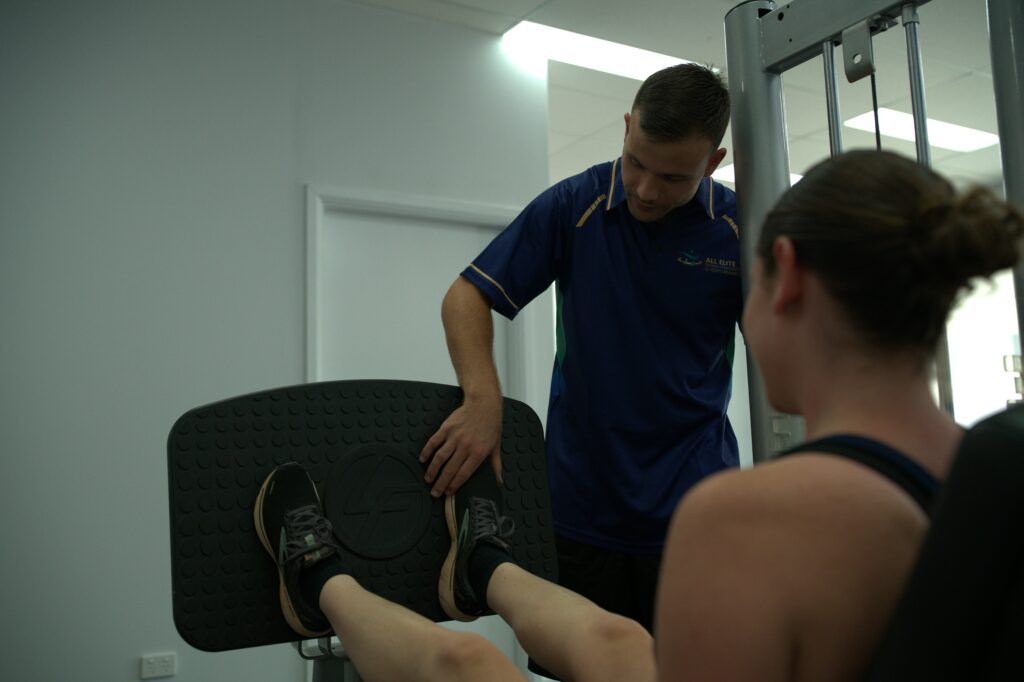Warm-Up and Cool-Down Advice from Newcastle Physiotherapists
Whether you're a beginner sportsperson, a weekend warrior or a high-performance athlete, warm-up and cool-down techniques are as crucial to a workout as the activity itself.
Starting your exercise routine with cold muscles can lead to injury and muscle soreness. A good warm-up will get you breathing faster, speed up your heart rate and pump oxygenated, nutrient-rich blood around your body.
Not sure where to start with a warm-up or if your cool-down exercises are effective? Here's some advice for fitness enthusiasts from a Newcastle physiotherapist who's all too familiar with the damage caused by skipping warm-up and cool-down sessions.
Why You Should Warm Up Before Any Type of Exercise
The importance of a warm-up routine shouldn't be underestimated when it comes to preventing injury. Warming up your body before training can also help prevent muscle pain and recovery time following exercise.
One study found that amongst young people who played organised sports, 62 per cent of injuries sustained happened during practice sessions. This shows that a proper warm-up routine is just as important for casual exercise sessions as for a big game.
A proper warm-up elevates both body and muscle temperature, boosting muscle flexibility and reducing the likelihood of injury. An effective warm-up also escalates heart and respiratory rates, increasing blood flow and the delivery of oxygen and nutrients to muscles with stronger, faster muscle contractions. It also enhances the response time between muscles and nerves and increases fluid in the joints to improve mobility.
The other major benefit of a warm-up is that it can help you relax and mentally prepare for movement or the demands of your sport.

How to Warm Up Properly
Performing a few quick stretches does not constitute an effective warm-up. While stretching protects mobility and helps maintain a range of motion in the joints, it is just one part of a warm-up.
An effective warm-up routine should include light physical activity, dynamic stretching, range-of-motion exercises, and activity-specific drills. It should last at least 15 minutes and target all major muscle groups.
Step 1.
The warm-up exercises you choose will vary depending on the type of activities you're undertaking. However, you should always begin with low-intensity aerobic exercise, such as walking, jogging or skipping, to raise your heart and respiratory rate and increase muscle temperature. You should work up a light sweat.
Step 2.
This is where you prepare your body for the specific demands of your sport with dynamic stretching. This involves movement where joints and muscles go through a full range of motion. When your goal is to increase performance, dynamic stretches such as leg swings, arm circles, or lunges, which increase blood flow and allow the body to move faster, are key.
For example, if you're warming up for a soccer game, you might incorporate dynamic stretches such as hamstring sweeps or high knees. This part of your warm-up should last about 5 minutes and target all major muscle groups.
Step 3.
The next part of the warm-up should focus on activity-specific movements and drills. A soccer-specific drill, for example, could include reactive agility or passing. In this final stage, aim to increase the intensity in preparation for the actual activity or workout.

A Cool-Down Routine is Just as Important as a Warm-Up
After a match or a workout, spend 5–10 minutes on a cool-down routine that will allow your breathing, heart rate and blood pressure to return to pre-exercise levels. If you stop too quickly, you may feel sick or pass out. A cool-down can also help you improve flexibility and reduce the risk of sports injuries and post-workout pain and soreness.
Static stretching is the best way to cool it
A cool-down is all about slow movements that help avoid dizziness and muscle cramps by reducing lactic acid build-up. With your muscles warm and flexible, basic static stretching will lengthen muscles and prevent tendon injuries. Static stretches involve sitting, standing or lying in one position for 30–45 seconds. For example, standing toe reaches to stretch the hamstrings and calves. Static stretches bring down your body temperature and relax the muscles.
Hold each for at least 30–45 seconds to improve flexibility. Move from one stretch to the next without resting in between. Walking is another way to help your body return to its pre-workout state.

Common Mistakes and How to Avoid Them
A warm-up and cool-down routine is one of the most basic injury prevention strategies athletes can implement to keep them on track and doing what they love. However, if you regularly suffer sports injuries or other health impacts, such as dizziness, after a workout, health professionals such as physiotherapists can help you refine your routines and avoid these common mistakes.
Using static stretching during the warm-up phase
Unless you are specifically trying to increase flexibility for an exercise such as dancing, static stretching is best left for the cool-down routine. Static stretches, where you stand in one place and hold a stretch for a period of time, use the end-range of motion, unlike dynamic stretches, which use the full range of motion.
Inadequate warm-up routines
There's no need to overcomplicate your warm-up routine. The three-step technique — a light activity to warm and raise blood flow and heart rate, dynamic stretches to activate muscle groups and mobilise joints, followed by activity-specific movement patterns to prime the body for activity — is key to gaining the most health benefits from a warm-up.
Skipping the cool-down
While you may lack the motivation to do more exercise after you've just finished exercising, the whole point of a cool-down routine is to be gentle on your body.
When your heart rate drops suddenly after exercise, it puts added stress on your heart. Even going for a short walk can help reduce muscle stiffness, reduce the risk of injuries and enhance flexibility, so don't make the mistake of skipping this crucial part of exercising.
All Elite Physio is for Everyone, Not Just Athletes
At All Elite Physiotherapy and Performance, we provide a broad range of services to prevent sports injuries. From goal-setting and corrective exercise programs to biomechanical assessments and sport-specific strategies, All Elite offers personalised assistance, no matter what sport you're into.
With cutting-edge equipment, modern facilities at our Raymond Terrace physiotherapy clinic and extensive experience in the rehabilitation and performance industry, All Elite Physiotherapy and Performance can meet your needs with plans and techniques tailored specifically to you. Call us on (02) 4981 9501 to book your appointment today.
